by Anthony Feb 27,2025
 Monster Hunter's narrative, often overlooked due to its straightforward gameplay, holds surprising depth. This deep dive explores the underlying themes and evolving storylines within the series.
Monster Hunter's narrative, often overlooked due to its straightforward gameplay, holds surprising depth. This deep dive explores the underlying themes and evolving storylines within the series.
← Return to Monster Hunter Wilds' main article
 While not primarily narrative-driven, Monster Hunter's story isn't nonexistent. The mission-based structure, where quests dictate the player's actions, often overshadows the overarching narrative. But is it truly as simple as hunting monsters for profit, fashion, or sport? Let's examine the mainline series to uncover deeper meaning.
While not primarily narrative-driven, Monster Hunter's story isn't nonexistent. The mission-based structure, where quests dictate the player's actions, often overshadows the overarching narrative. But is it truly as simple as hunting monsters for profit, fashion, or sport? Let's examine the mainline series to uncover deeper meaning.
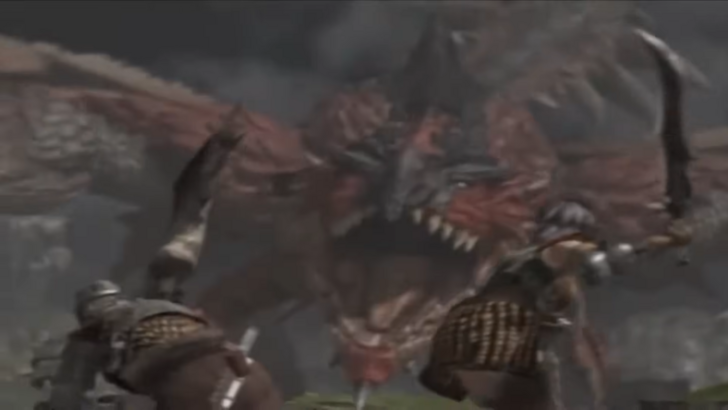 Most Monster Hunter games follow a similar structure: a novice Hunter accepts quests, gradually progresses, and ultimately becomes the village's top-ranked hunter. This progression involves facing increasingly challenging monsters, culminating in a final showdown with the game's ultimate boss (e.g., Fatalis in Monster Hunter 1). While this structure remains consistent, even in newer, more story-focused titles, the narrative depth has expanded.
Most Monster Hunter games follow a similar structure: a novice Hunter accepts quests, gradually progresses, and ultimately becomes the village's top-ranked hunter. This progression involves facing increasingly challenging monsters, culminating in a final showdown with the game's ultimate boss (e.g., Fatalis in Monster Hunter 1). While this structure remains consistent, even in newer, more story-focused titles, the narrative depth has expanded.
 The series explores the Hunter's role as an ecological balancer. In Monster Hunter 4 (MH4), the Gore Magala's Frenzy Virus threatens the ecosystem's stability. The virus, spread by the Gore Magala's scales, increases monster aggression. Defeating the Gore Magala is presented as crucial for restoring balance.
The series explores the Hunter's role as an ecological balancer. In Monster Hunter 4 (MH4), the Gore Magala's Frenzy Virus threatens the ecosystem's stability. The virus, spread by the Gore Magala's scales, increases monster aggression. Defeating the Gore Magala is presented as crucial for restoring balance.
However, Monster Hunter: World and Iceborne offer a more nuanced perspective. The endings suggest that while humans strive to restore balance, they have much to learn about nature's intricate processes.
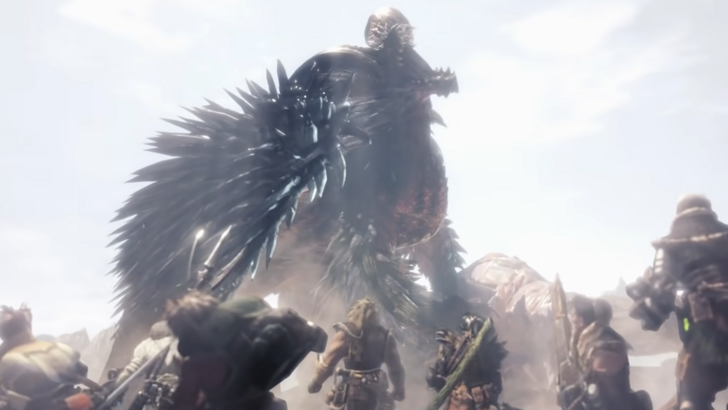 Iceborne reveals Nergigante as a natural force of balance, challenging the simplistic "villain" portrayal of previous antagonists. The base game's ending labels the Hunter a "Sapphire Star," a guiding light referencing the in-game "Tale of the Five," implying the Research Commission accepts its role as nature's guardian, guided by the Hunter.
Iceborne reveals Nergigante as a natural force of balance, challenging the simplistic "villain" portrayal of previous antagonists. The base game's ending labels the Hunter a "Sapphire Star," a guiding light referencing the in-game "Tale of the Five," implying the Research Commission accepts its role as nature's guardian, guided by the Hunter.
 Iceborne's ending contrasts this, highlighting the Research Commission's need for further understanding of natural processes. This juxtaposition showcases nature's resilience, even without human intervention, adding thematic depth to the seemingly straightforward monster hunts.
Iceborne's ending contrasts this, highlighting the Research Commission's need for further understanding of natural processes. This juxtaposition showcases nature's resilience, even without human intervention, adding thematic depth to the seemingly straightforward monster hunts.
 The Gore Magala's evolution into Shagaru Magala mirrors the Hunter's equipment upgrades and repeated confrontations. This suggests monsters, too, learn and adapt to the Hunter's presence.
The Gore Magala's evolution into Shagaru Magala mirrors the Hunter's equipment upgrades and repeated confrontations. This suggests monsters, too, learn and adapt to the Hunter's presence.
 Ahtal-Ka, the final boss of Monster Hunter Generations Ultimate, exemplifies this. Its use of Hunter-like weaponry and its creation of a mechanical fortress highlight the monster's adaptation to and mimicry of the Hunter's ingenuity. This reflects the thematic narrative of nature's adaptability, even in response to human influence.
Ahtal-Ka, the final boss of Monster Hunter Generations Ultimate, exemplifies this. Its use of Hunter-like weaponry and its creation of a mechanical fortress highlight the monster's adaptation to and mimicry of the Hunter's ingenuity. This reflects the thematic narrative of nature's adaptability, even in response to human influence.
 Ultimately, Monster Hunter is about the player's personal journey of growth and overcoming challenges. The initial encounter with the Tigrex in Monster Hunter Freedom 2, where the Hunter is thrown from a cliff, establishes a clear motivation: to overcome the monster that nearly ended their life.
Ultimately, Monster Hunter is about the player's personal journey of growth and overcoming challenges. The initial encounter with the Tigrex in Monster Hunter Freedom 2, where the Hunter is thrown from a cliff, establishes a clear motivation: to overcome the monster that nearly ended their life.
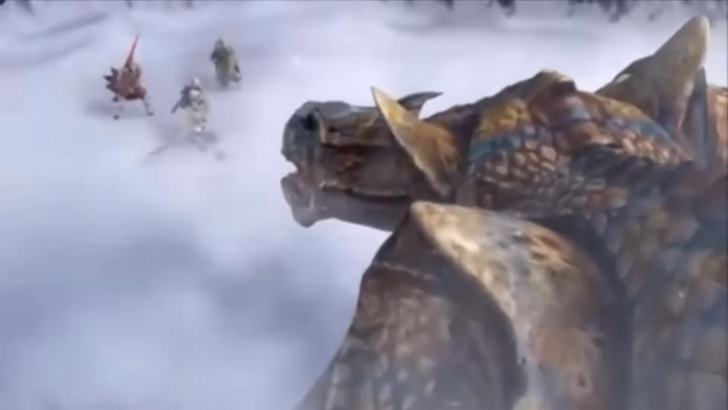 Later encounters with the same monster, now within the Hunter's control, underscore this theme of overcoming adversity. This personal narrative, while not explicitly stated, is a core element of the gameplay experience.
Later encounters with the same monster, now within the Hunter's control, underscore this theme of overcoming adversity. This personal narrative, while not explicitly stated, is a core element of the gameplay experience.
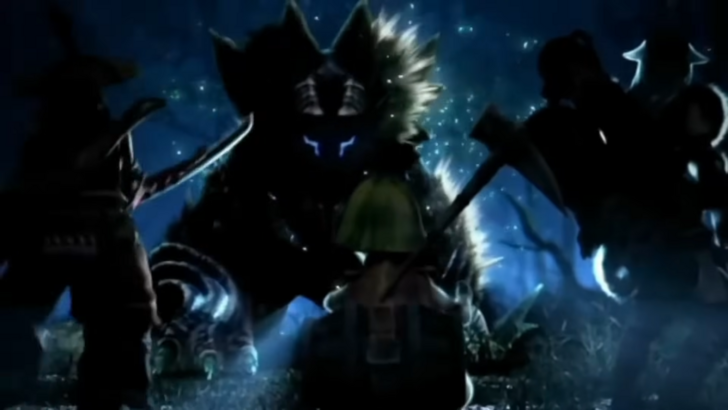 While newer games incorporate more explicit storylines, the core experience of facing insurmountable odds and triumphing through improvement remains central to Monster Hunter's appeal. The series may not boast the most intricate plots, but its ability to weave player experience into a compelling personal narrative is undeniable.
While newer games incorporate more explicit storylines, the core experience of facing insurmountable odds and triumphing through improvement remains central to Monster Hunter's appeal. The series may not boast the most intricate plots, but its ability to weave player experience into a compelling personal narrative is undeniable.
"Clair Obscur: Expedition 33 Hits 1 Million Sales in 3 Days"
Roblox Deep Descent: January 2025 Codes Revealed
How to Feed Villagers in Necesse
Ragnarok V: Returns Beginner's Guide - Classes, Controls, Quests, Gameplay Explained
Bitlife: How to Complete the Renaissance Challenge
"Ōkami 2: Capcom, Kamiya, and Machine Head Discuss Sequel in Exclusive Interview"
Bahiti Hero Guide: Mastering the Epic Marksman in Whiteout Survival
Top 10 Liam Neeson Films Ranked

Pikmin Bloom to Celebrate Day of the Dead Next Month
Dec 16,2025
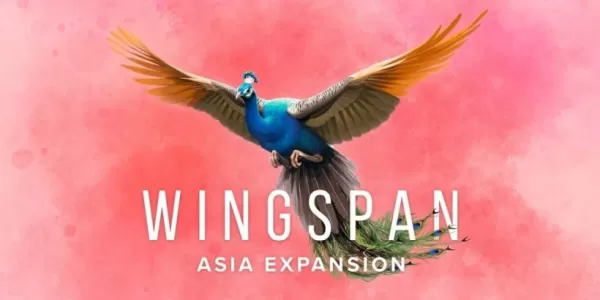
Wingspan Asia Debuts with Cross-Play Feature
Dec 16,2025
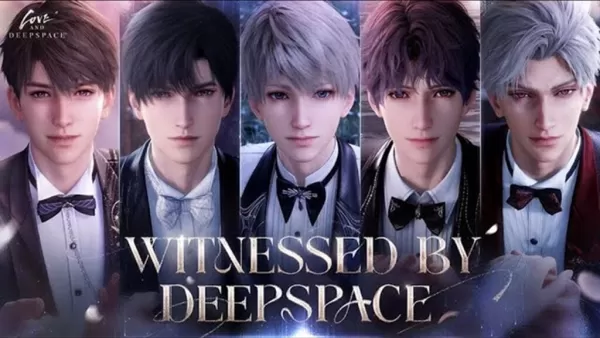
New Love and Deepspace Event: Witnessed by Deepspace
Dec 14,2025
Minecraft's Visual Refresh Rolls Out Now (45字符,控制在50字符内。关键词"Minecraft"前置,"Visual Refresh"替换原词更简洁,"Rolls Out Now"强调新闻时效性)
Dec 14,2025

Yu-Gi-Oh! Master Duel\'s Shadow Duelist revealed as Dylan Sprouse
Dec 13,2025